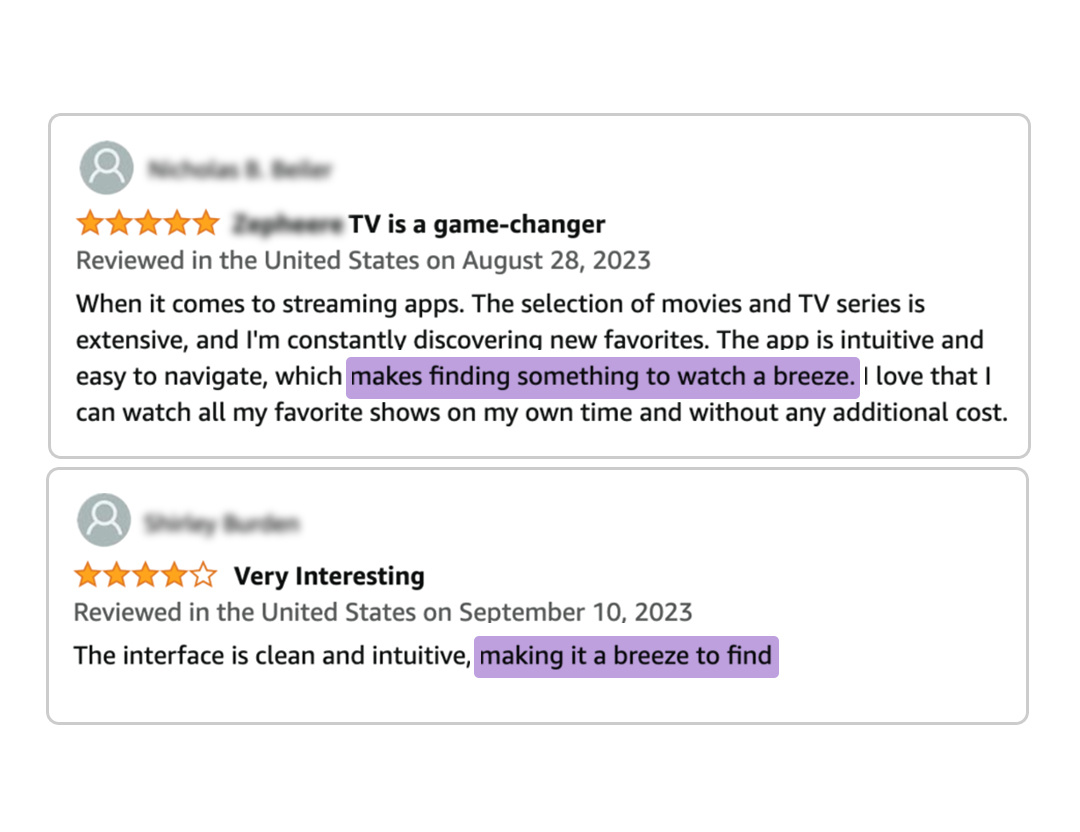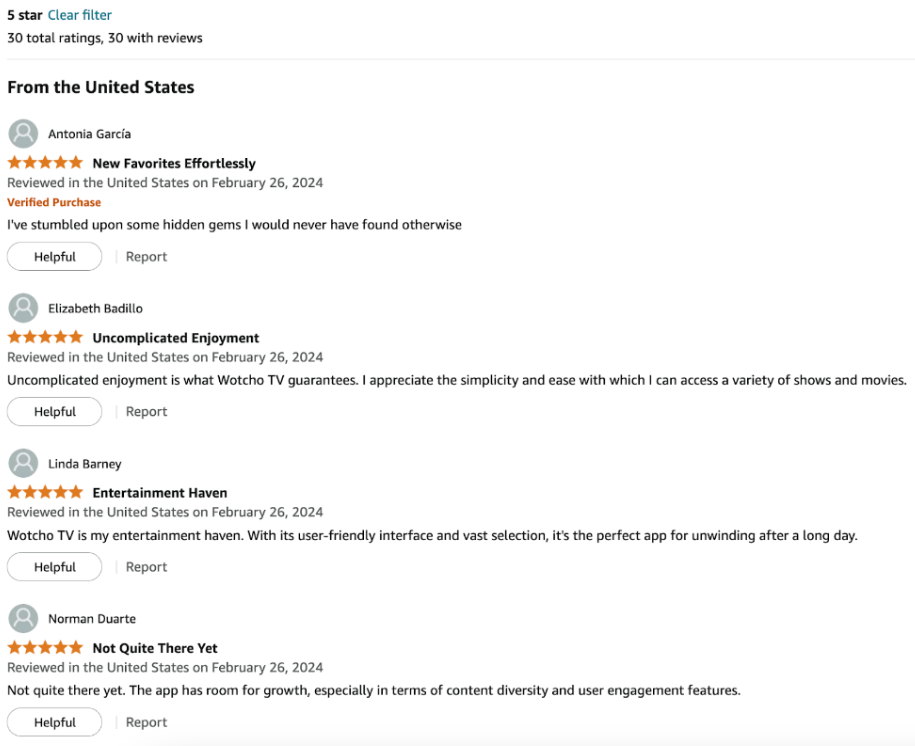Generative AI tools like ChatGPT and Anthropic have revolutionized content creation, making it more accessible than ever before. This democratization has numerous advantages, yet it also poses significant challenges, particularly in the realm of advertising and marketing.
The Surge in In-App Mobile Ad Fraud
In 2023, the DV Fraud Lab’s investigations into mobile app fraud doubled, and we expect continued growth. One troubling trend we’ve discovered is the proliferation of generative AI crafting app reviews, often used to deceive consumers into downloading potentially harmful apps.
The Mechanism of Deception
Fake reviews often serve to artificially inflate an app's credibility, persuading users to install them. For instance, we've identified apps with thousands of five-star ratings, where many are convincingly crafted by AI. While some fake reviews are subtly deceptive, others are more easily identified by telltale phrases typical of generative AI tools, such as "I'm sorry, but as an AI language model..."
Example of a Highly Rated App with Fake Reviews:
We've observed a similar pattern in Connected TV (CTV) apps where duplicated phrases across reviews suggest coordinated deception efforts.
Illustration of Quality Manipulation in CTV App Reviews:

Users who download these apps often find themselves bombarded with an overwhelming number of out-of-context ads, akin to websites created solely to display advertisements. This approach disrupts the user experience and diminishes the app's long-term viability as frustrated users eventually uninstall these deceptive apps. But even after users uninstall the apps, they still display traffic using falsification schemes.
The app, characterized earlier as "a breeze," exhibited high levels of CycloneBot traffic. This exemplifies how fraudulent apps act as a cover for fake CTV traffic. Additionally, the counterfeit reviews help make the fraudulent traffic seem more legitimate.
Real User Feedback Highlighting Ad Overload Issues:

Streaming App Example: Over 50% Fake Reviews
AI-generated app reviews occur across all types of app stores, from mobile to streaming services. DV's analysis of a streaming app on a popular smart TV platform, for example, revealed that 50% of its reviews were fake. This conclusion was reached using a combination of proprietary technology and human analysis to identify manipulation signals.
Key indicators of the fake reviews included:
-
Uniform syntax and style across supposedly different users
-
Unusual formatting, such as capitalizing the first letter of each word (observed on February 26, 2024)
-
Consistently five-star ratings, even for critical comments like "not quite there yet"
-
Every rating accompanied by a written review, despite this not being a requirement
-
Reviewers only having activity within this specific ecosystem

Beyond Annoyance: The Greater Dangers
The dangers of fake app reviews extend beyond mere annoyance. Some fraudulent apps can hijack devices, running ads incessantly, even when devices appear to be off. This can lead to severe issues like battery drain, device overheating and excessive data usage, incurring significant costs for the user. These apps can also be notoriously difficult to remove, with some even causing the device to malfunction or shut down unexpectedly.
The Broader Impact on Advertising
These practices have a profound impact on the advertising ecosystem. Whether users endure a poor experience with excessive ads or ads run unseen in the background, the quality and effectiveness of advertising suffer. Advertisers looking to place ads within highly rated apps find it increasingly difficult to navigate this landscape without falling prey to these scams, necessitating more stringent criteria and vigilance to avoid fraudulent environments.
With that in mind, DV's Fraud Lab has seen a significant increase in apps with AI-powered fake reviews in 2024, identifying over three times the number compared to the same period in 2023. This trend could dramatically impact advertisers, especially in streaming, where the cost per thousand impressions often ranges from $35 to $65.
Additionally, DV's research indicates that bot-based app fraud costs unprotected advertisers millions of dollars annually. These fraudsters are increasingly leveraging AI to generate fake reviews, further supporting their schemes.
Staying Protected from App Fraud
As generative AI continues to reshape industries, its dual potential for innovation and exploitation becomes clear in advertising. Stakeholders must adopt sophisticated measures to combat the negative impacts of AI-generated content in app stores. This includes developing more advanced verification processes and maintaining a keen awareness of fraudsters' evolving tactics. Only through continued innovation and strict oversight can we ensure that the benefits of AI in content creation outweigh its potential for misuse.





